Digital dentistry means the use of dental technologies or devices that involves digital or computer-controlled components to perform dental procedures instead of using mechanical or electrical tools. Computer-based technologies play a crucial role in all parts of our everyday life as well as in dentistry. It streamlines many processes and removes several formerly manual steps that can now be automated. Simplified communication between human and computer have caused a very deep/extreme progress in virtual reality (VR)-based teeth-related training. On the other hand, computer-aided design/computer aided manufacturing (CAD/CAM) of teeth-related appliances and prostheses is now widely used around the globe.
CAD/CAM dentistry was introduced in dentistry during the 1980s. When creating a chairside CAD/CAM filling, the dentist at our Clinics on F.C. Road, Shivajinagar and Nigdi Pradhikaran near Wakad in Pune makes a digital picture of the prepared tooth with a small intraoral camera. This digital image contains 3D information about the tooth size and morphology, defect to be restored, about adjacent teeth anatomy and relation with tooth. According to this digital image, the dentist designs the adequate restoration directly on a computer screen using CAD/CAM software.
The advantages of chairside CAD/CAM dentistry technique are one-visit fixed restorative procedure, less chances for error compared to traditional technique, aids in preparation visualization, no need of impression making, no need of temporary restoration, reduced potential for tooth sensitization, no laboratory costs as no model or die pouring required, and projects as a state-of-the-art image. Disadvantages of chairside CAD/CAM technique are soft tissue management more critical than with conventional technique, depending on the material and patient, customization may be required.
Procera was introduced as a non-chairside CAD/CAM device. Esthetic inlays, onlays, veneers, copings, full-coverage crowns, partial and complete dentures, surgical stent for implant placement, and maxillofacial prosthesis all can be fabricated using current techniques.
The benefits of chairside laboratory-integrated technique are precision, focus on artistic ceramics, scanned image transferred directly from the office to the laboratory, reduced chairside time, and team approach. Only disadvantage of this technique over chairside CAD/CAM technique is two visits are required for delivering of prosthesis.
All CAD/CAM systems exhibit three computer-linked functional components although the degree of sophistication may differ.
- Data acquisition – equivalent to traditional impression-making
- Restoration design
- Restorative production.
CAD/CAM was initially based on “subtractive method,” but the recent CAD/CAM dentistry at our Clinics on F.C. Road, Shivajinagar and Nigdi Pradhikaran near Wakad in Pune processes involve “additive” approaches such as rapid prototyping and selective laser sintering technologies.
The available advanced CAD/CAM systems can be divided into the following three groups based on their production methods:
- In office system: Where a dentist digitally scans the prepared tooth, creates restorations chairside, and then seats it within a single appointment
- In laboratory system: Where laboratories could scan models made from physical impressions and use CAD/CAM to produce restorations
- Centralized production: Where a dentist captures chairside digital impressions and then send data via the internet to the laboratory.
Digitalization in dentistry has made dentistry easier, faster and better. It shows:
- Improved efficiency – both cost and time
- Improved accuracy in comparison to earlier methods
- A high level of predictability of outcomes
Development in dental technology has helped patients to avail modern solutions for conventional dental problems. Prosthodontists has included digital technology into their practices to increase their workflow efficiency and ease of collaboration with laboratories. Digital technologies that are available for prosthetic dentistry are digital radiography, computerized case presentations, virtual articulator and facebow, computer-aided design/computer-aided manufacturing restorations, digital impressions, and shade selection. Although conventional techniques in dental care have worked excellently for decades, for a simpler, faster, more accurate, and more efficient workflow, there is shift towards digital dentistry at our Clinics on F.C. Road, Shivajinagar and Nigdi Pradhikaran near Wakad in Pune.
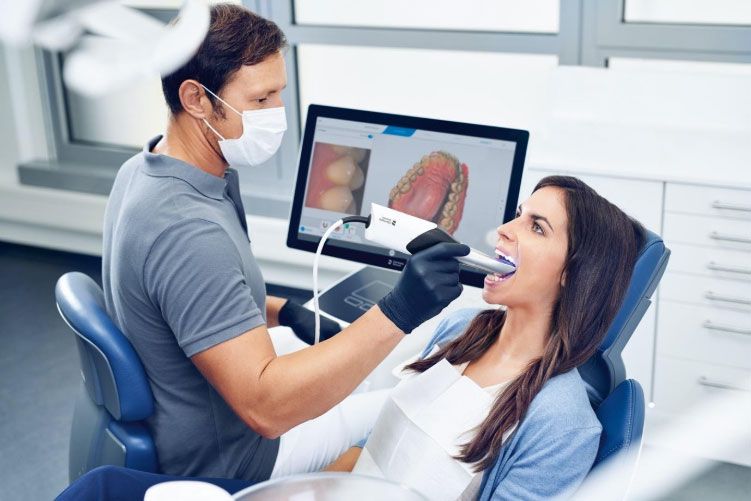
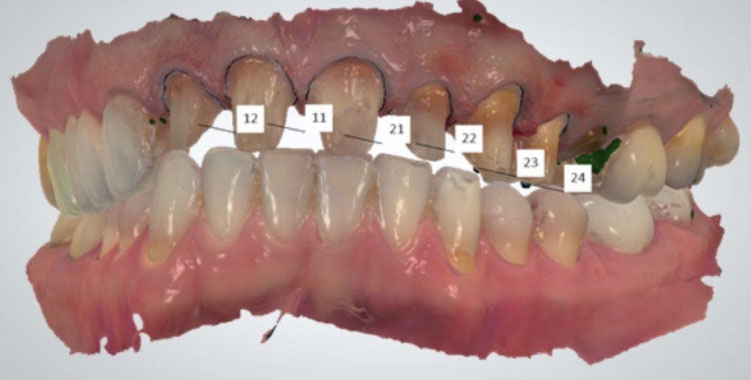
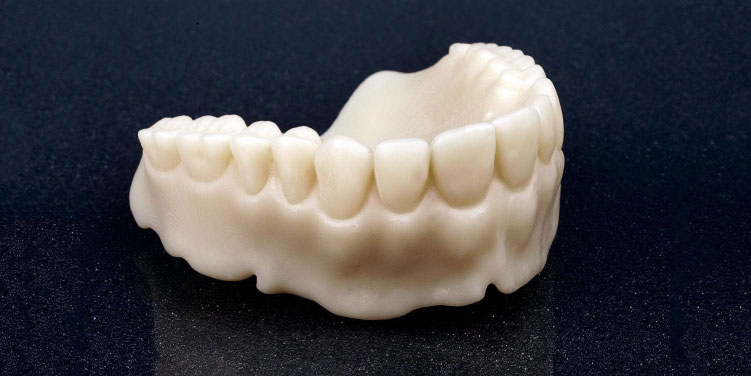
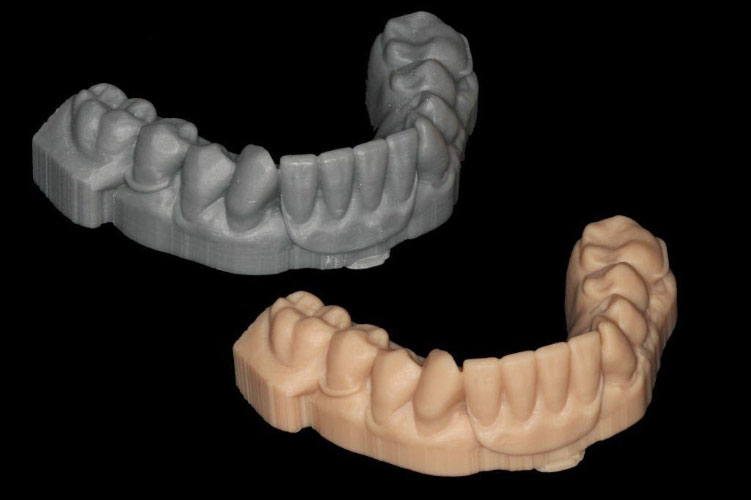
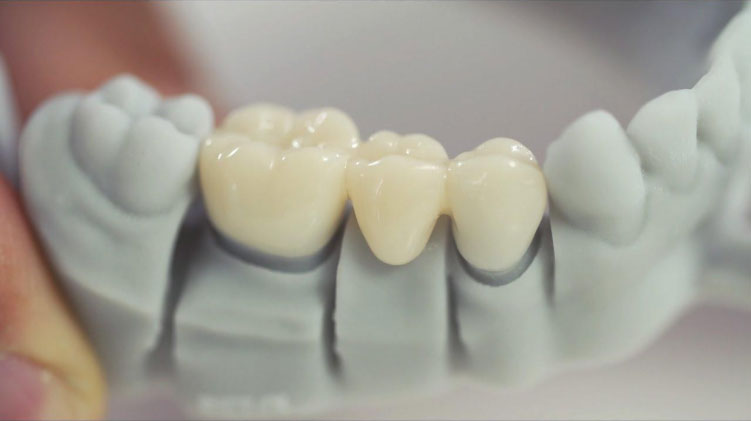
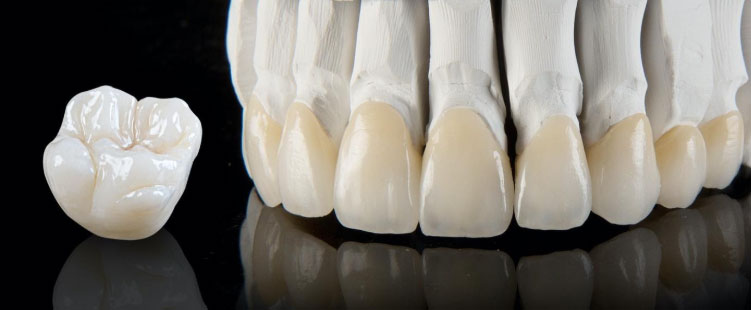
3 D Printing by Glidewell
Intra Oral Scan by 3Shape Trios
Milling of Crown
Milling of Bridge

pvOwUMkufPrFGD